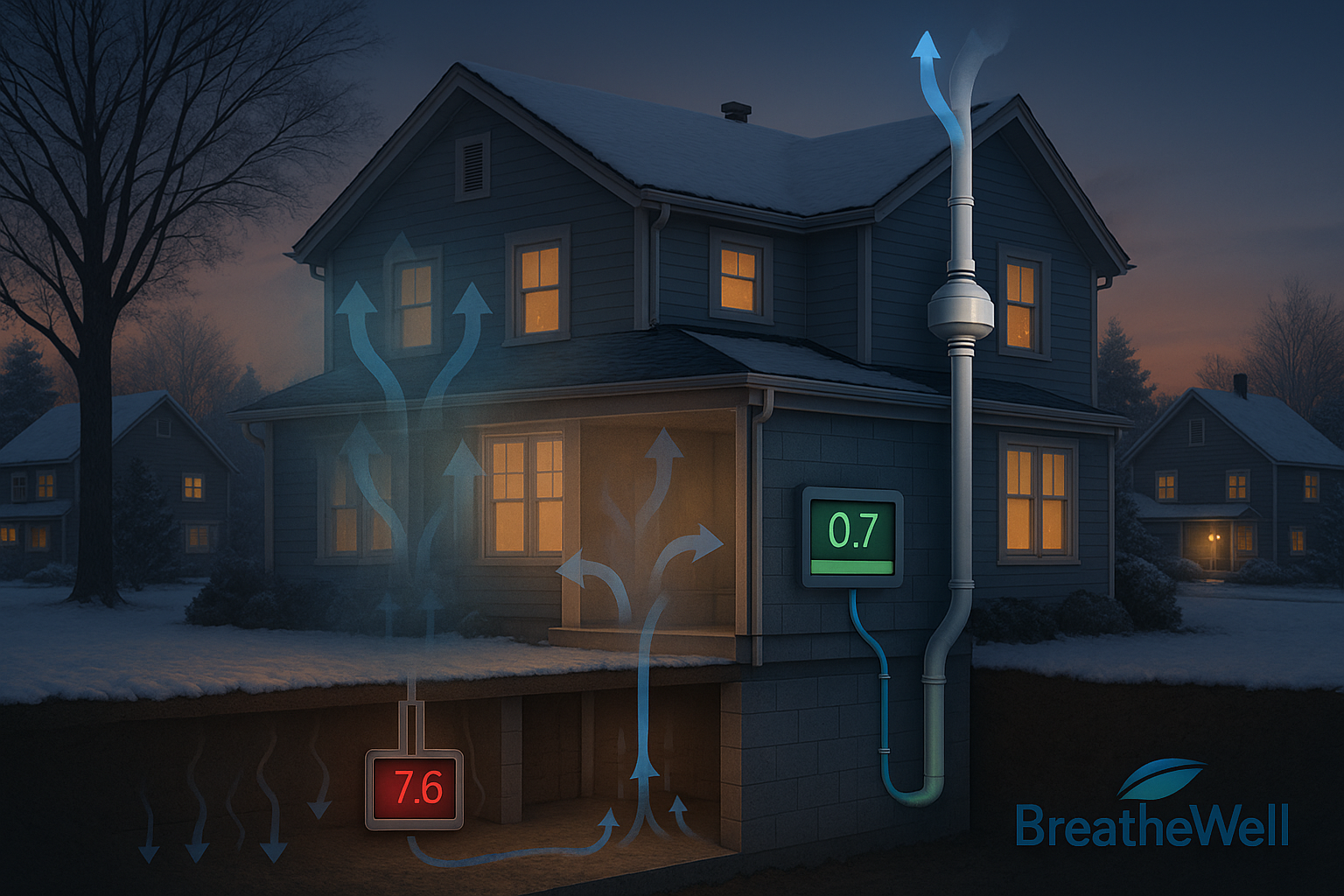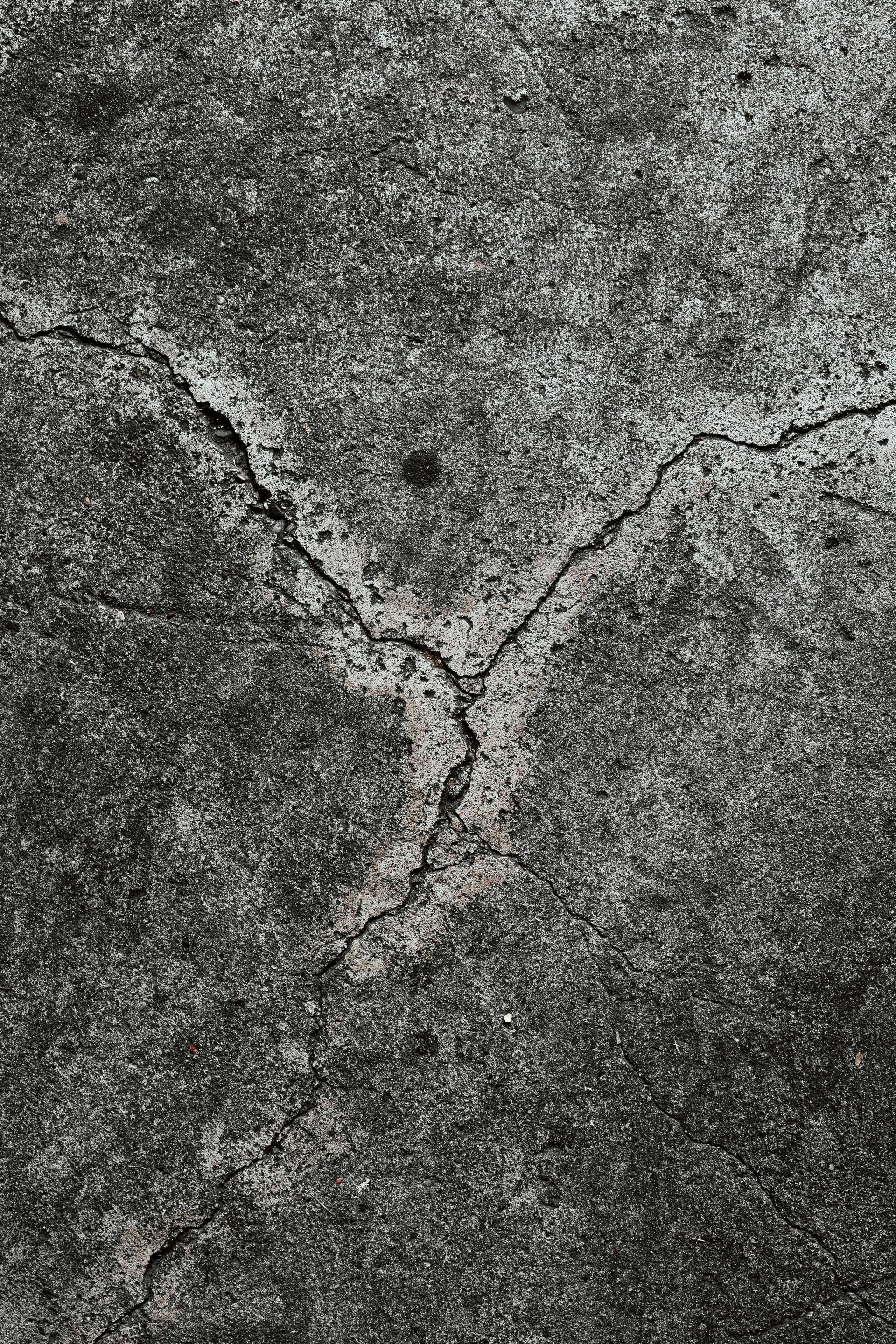Do I Need to Replace My Radon Fan? 7 Signs It’s Time

For Homeowners in St. Paul, MN
In St. Paul, many homes require active mitigation to keep radon in check. Your radon fan runs continuously to maintain negative pressure under your slab or crawlspace, venting radon safely outdoors. Fans typically last 5–10 years, but Minnesota’s temperature swings—subzero winters to humid summers—can shorten that timeline. When a fan fades, indoor radon can rise faster than you think.
Here are seven warning signs your radon fan may be failing, along with
action steps to keep your Twin Cities home protected.
7 Signs It’s Time to Replace Your Radon Fan
1) Silence where there used to be a hum
If the fan stops, mitigation stops. Without steady suction, St. Paul homes—especially those with tight construction—can see radon accumulate quickly.
2) Loud humming, clanking, or vibration
A healthy fan has a consistent, low hum. New noise usually means worn bearings, debris in the housing, or an imbalanced impeller. Left alone, these issues often lead to sudden failure.
3) Radon levels trending upward
If your latest short-term test, CRM reading, or monitor log shows increases, airflow may be down. A fan can still spin while failing to move enough volume to keep levels below the guideline.
4) Manometer shows weak suction
A lower-than-normal or flat reading is a classic sign of reduced performance. It can indicate a failing motor, a blockage in the vent line, or a major leak in the sub-slab sealing.
5) Moisture, corrosion, or winter icing
Minnesota winters can frost the discharge and introduce condensation into the system. Corrosion on housings, brackets, or wiring is more than cosmetic—it’s a performance and safety concern.
6) Rising electricity usage
As motors age, efficiency drops. If your utility bill is creeping up with no other explanation, your radon fan might be working harder and moving less air.
7) Age over 7–10 years
Once a fan crosses this threshold, failure becomes largely a matter of when, not if. Planned replacement avoids emergency service calls and maintains continuous protection.
Why Fast Action Matters in St. Paul
Radon is the leading cause of lung cancer among non-smokers. Our region’s building styles and soil conditions can allow radon to enter year-round, with winter stack effect often making things worse. Replacing a weak fan quickly is a smart, low-cost step to protect long-term health and home value.
What You Should Do Next
- Check and record the manometer reading. Compare to your normal baseline.
- Run a confirmation test. A rapid short-term test helps you prioritize next steps.
- Look for visible issues. Rust, cracks, loose wiring, or ice buildup deserve immediate attention.
Bring in a pro.
Correct fan sizing matters—too small won’t lower levels, too large can waste energy and create noise or back-draft risks.
Smart Maintenance for Twin Cities Homes
- Keep the discharge clear of snow/ice and away from soffit vents.
- Seal sump lids and slab gaps to reduce air leakage and fan workload.
- Note your “normal” manometer reading and check it monthly.
- Retest every 2–3 years
and
after remodels, HVAC changes, or foundation work.
Protect Your St. Paul Home Today
BreatheWell Radon Solutions delivers professional radon fan replacement in St. Paul and the Twin Cities, from precise diagnostics and right-sized fans to clean installation and post-work verification testing. Our goal: quiet, efficient operation and reliably low radon levels.
Book your radon fan inspection in St. Paul, MN now. We’ll restore full system performance—so you can breathe well, year-round.
Ready to work with BreatheWell Radon Solutions?
Let's connect! We’re here to help.
Send us a message and we’ll be in touch.
Or give us a call today at (651) 615-7770



